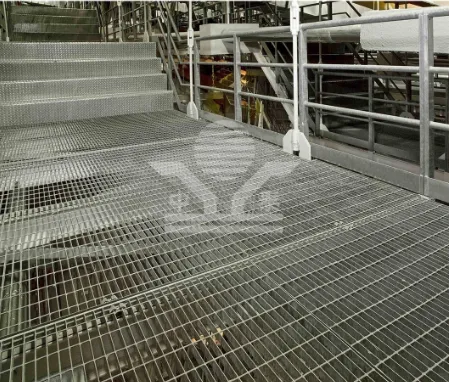Portable Pasture Fencing A Sustainable Solution for Livestock Management
The quest for effective and sustainable livestock management has led many farmers to explore various fencing options to ensure the welfare of their animals while optimizing pasture use. One innovation that has gained traction is portable pasture fencing. This system not only enhances pasture productivity but also offers flexibility for rotational grazing, making it an ideal choice for modern farmers who prioritize both efficiency and animal welfare.
Understanding Portable Pasture Fencing
Portable pasture fencing typically consists of lightweight, easy-to-assemble materials such as plastic or metal posts, wire, and reels. These components allow farmers to quickly set up and take down fencing as needed. The main advantage of this fencing system is the ability to move it around pastures, enabling farmers to rotate grazing areas for their livestock. This rotation helps prevent overgrazing, promotes healthy pasture recovery, and improves soil health.
Benefits of Portable Pasture Fencing
1. Flexibility and Mobility One of the most significant benefits of portable pasture fencing is its mobility. Farmers can easily adjust their grazing areas based on pasture conditions, weather patterns, and the nutritional needs of their livestock. This adaptability not only helps maximize forage availability but also minimizes land degradation.
2. Improved Pasture Health By allowing for rotational grazing, portable fencing encourages a diverse growth of plants in the pasture. This practice fosters the regeneration of grasses and legumes, leading to a more robust ecosystem. Healthier pastures contribute to improved animal health and higher quality meat and milk production.
3. Cost-effective Solution Setting up traditional fencing can be costly and labor-intensive. Portable fencing reduces these expenses significantly due to its lightweight materials and ease of installation. Moreover, as farmers can shift their grazing areas according to need, they can make the most out of their available land without the need for costly expansions.
portable pasture fencing

4. Enhanced Security and Safety Portable fence systems can be tailored to fit specific herd sizes and behaviors, reducing the risks of animals escaping or predators entering the pasture. With adjustable fencing, farmers can create safe environments for their livestock, ensuring their welfare and well-being.
5. Environmental Sustainability In an age where sustainable farming practices are crucial, portable pasture fencing aligns well with eco-friendly initiatives. By promoting rotational grazing, this method supports biodiversity and soil health, leading to a more sustainable agricultural model.
Challenges and Considerations
While portable pasture fencing presents numerous advantages, there are considerations to keep in mind. For instance, the initial setup requires a small investment in materials. Farmers should also understand local regulations regarding fencing and grazing practices to ensure compliance.
Weather conditions can impact the effectiveness of portable fencing, particularly in windy or stormy environments. Farmers may need to invest in sturdier designs or additional anchoring methods to ensure the system remains effective throughout differing seasons.
Conclusion
In conclusion, portable pasture fencing represents a forward-thinking approach to livestock management that combines flexibility, efficiency, and sustainability. As the agriculture industry continues to evolve, farmers seeking innovative methods to enhance their operations should consider the advantages of portable fencing systems. By investing in these versatile solutions, farmers can foster healthier pastures, optimize livestock well-being, and contribute positively to the environment. As we move towards a future that embraces sustainable agriculture, portable pasture fencing might just be a key component of successful farming practices.
-
The Best Metal Mesh Solutions: Expanded Aluminum Metal vs. Expanded Stainless Steel Metal
NewsSep.10,2024
-
Round Perforated Sheets vs. Hexagonal Perforated Sheets vs. Embossed Perforated Sheet Metal
NewsSep.10,2024
-
Perforated Metal Sheets
NewsSep.10,2024
-
Experience The Excellence Of Stainless Steel Grating
NewsSep.10,2024
-
Discover the Versatility Of Metal Mesh Expanded Forming Machines
NewsSep.10,2024
-
Discover The Advantages Of Steel Grating For Sale
NewsSep.10,2024
Subscribe now!
Stay up to date with the latest on Fry Steeland industry news.

